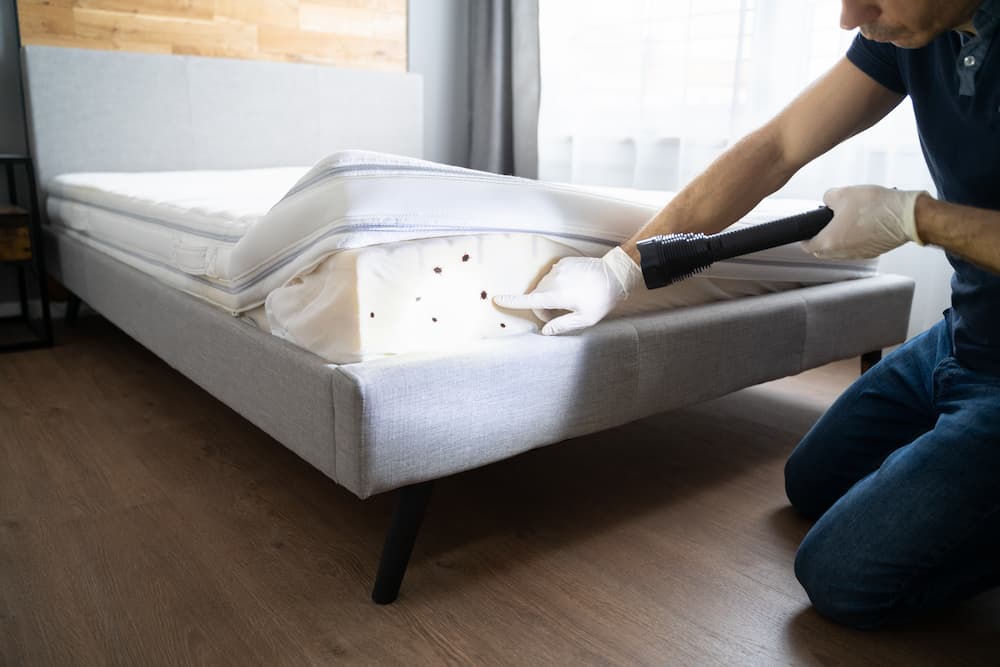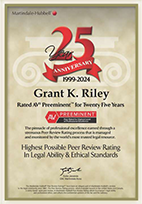
If you or a loved one was a victim of bed bugs in a nursing home facility in the Los Angeles or San Francisco Bay areas, it may be time to talk to an experienced bed bug attorney. You may have a legal claim for compensation for your medical costs and damages.
When you put a loved one under the care of a nursing home/residential care facility, you put your trust in the facility to provide competent care and a clean and welcoming environment. Unfortunately, nursing home/residential care facilities do not always meet these expectations.
What Are Bed Bugs?
Bed bugs are small, dark, round bugs that feed on human blood. They live mostly in dark areas such as the crevices or folds of mattresses, furniture, and curtains. They leave small red bites, commonly found in a line. They usually feed at night while the victim is sleeping.
It may take time for the bites to appear, even up to a few days. Bed bugs do not transmit diseases to humans. However, many people suffer different problems in response to their bites, such as allergic reactions, blisters, sores, scarring, and emotional distress.
Bed bugs are invasive insects. The adults can live for very long periods without feeding, and their eggs can remain dormant for months before hatching. Bed bugs travel very quickly on clothing, on pets, and in bags.
Bed Bugs in Nursing Homes
Multi-unit buildings are ideal environments for bed bugs. With a large number of residents, nursing home/residential care facilities provide an excellent breeding ground for bed bugs.
This makes it crucial for owners and managers to be proactive in bed bug control techniques and carry out comprehensive inspections and established treatments to resolve infestations.
Bed bug infestations can occur in nursing home/residential care facilities in a number of ways. Residents often bring in older furniture and belongings when moving in which may, unfortunately, result in bed bugs being unknowingly transported into the facility and spread to the other residents and their living quarters.
Since bed bugs can hitchhike on clothing or belongings, they can be brought in with visitors or when residents leave and return to the facility. Checking for clutter should be a daily task since bed bugs can go unnoticed by residents.
If one room is infested, the surrounding rooms will likely be as well, including rooms on the floors above and below.
If left untreated, bed bug infestations in nursing home/residential care facilities can lead to serious injuries such as infections among the residents.
Bed bug infestations spread like wildfire. They lay 4-7 eggs daily and hatch eggs every 10-12 days. At 90 days there could be 1200-1600 bed bugs. A female bed bug will lay between 200-500 bed bugs in a lifetime.
When a nursing home/residential care facility resident is a victim of a bed bug infestation, he or she is more likely to suffer an infection if not properly treated. Bed bug bites can also cause swelling, bruising, rashes, and other serious skin issues if not properly cared for.
Bed Bug Laws
Bed bug outbreaks in nursing home/residential care facilities are a problem of increasing concern in this country. California has recently enacted legislation specifically dealing with property owners’ duties in regards to landlords and their tenants.
Property owners and managers have a legal duty to keep their buildings free of pests like bed bugs and safe and habitable for their residents. This duty includes regular inspections for unsafe conditions, like evidence of bed bugs.
This duty also extends to owners of multi-unit properties such as apartments, hotels, and nursing home/residential care facilities.
The California Department of Public Health has issued guidelines and recommendations for nursing home/residential care facility owners to deal with bed bugs. These recommendations include a staff training program, a system for residents to report complaints, procedures for record-keeping, and measures to prevent and control outbreaks.
Immediate Steps You Should Take
If you or your loved one experienced a bed bug issue with a nursing home/residential care facility, you should take the following steps right away:
- Seek medical attention. Keep any documentation of treatment or expenses;
- Take pictures of the bites and any evidence of bed bugs themselves;
- Report the issue to the property managers or owners. Do not make any statements to the nursing home/residential care facility’s insurance company;
- Notify the health department to conduct an independent investigation; and
- Call a qualified personal injury attorney.
You have only two years from the date of the injury to take legal action. As evidence can be ruined or lost, you are more likely to succeed the quicker you begin your claim.
Show Negligence on the Part of the Nursing Home/Residential Care Facility
Bed bug lawsuits are based on negligence. Your attorney must prove that the facility’s negligent actions or failure to act caused the infestation. They must prove the nursing home/residential care facility had actual or constructive knowledge of the bed bug issue.
Actual knowledge is when the nursing home/residential care facility was aware of a current or past infestation.
Constructive knowledge is when they should have known about the problem. In assisted living facilities, where staff should regularly check on their residents, it is hard to argue that there was no prior knowledge of an issue.
Suppose the staff was not aware of the problem. In that case, that fact may prove the nursing home/residential care facility’s negligence, as the facility should have fulfilled its obligation of care for its residents by conducting more regular inspections.
The attorney must then prove that your damages resulted from the infestation arising from the facility’s negligence. Damages can involve any economic losses you sustained, such as medical treatment or the cost of items that had to be discarded. They can also include non-economic damages, such as emotional distress caused by the infestation.
The nursing home/residential care facility should not be charging their residents for any part of the cost to exterminate the bed bugs if the issue was due to their negligence. Compensation could even extend to your family members if they were affected.
Contact Riley | Ersoff LLP, Your Bed Bug Attorneys
Riley | Ersoff LLP concentrates on cases involving victims’ injuries due to property owners’ negligence. Our practice areas include lead poisoning, carbon monoxide poisoning, bed bug infestations, slum housing, and more.
Because we focus exclusively on negligence cases, we know how to pursue bed bug claims. If you or your loved one is a victim of a bed bug infestation in the Los Angeles or San Francisco Bay areas, contact us online or call us at (888) 658-9695 today to discuss your options. We are here to help.
The post Bed Bugs in Nursing Homes: Are You a Victim? appeared first on Riley | Ersoff LLP.

















